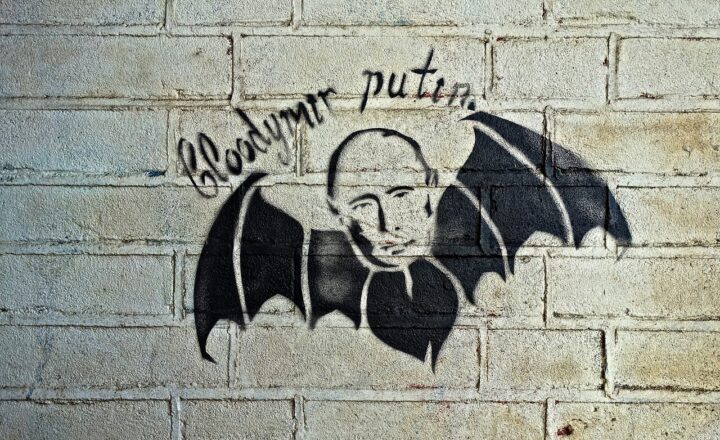
Shrek, released in 2001, quickly became more than just an animated film; it was a cultural phenomenon that redefined the landscape of animation and humor while deeply embedding itself in the fabric of pop culture in the early 2000s. With its clever parodies, unique storytelling, and memorable characters, Shrek resonated with audiences of all ages, setting a new standard for animated films and creating a legacy that continues to influence media today.
1. The Innovative Premise of Shrek
The story of Shrek is a familiar one: a misunderstood ogre goes on a quest to rescue Princess Fiona and regain the peace of his swamp. However, unlike traditional fairy tales where heroes are perfect and villains are pure evil, Shrek introduced a range of complex characters that broke stereotypes. Shrek, voiced by Mike Myers, is grumpy yet lovable, and Fiona, portrayed by Cameron Diaz, is a princess with depth and hidden strength. This blend of humor and heart captivated audiences worldwide.
The blending of satire and heartfelt moments illustrated the film’s innovative premise. While it parodied classic fairy tale tropes, it also drew on the struggles of identity and belonging, making the film relatable and multilayered.
2. Iconic Soundtrack and Cultural References
One of the most notable aspects of Shrek is its soundtrack, a carefully curated mix of contemporary hits and classic songs. The use of Smash Mouth’s “All Star” became synonymous with the film, helping to introduce a new audience to the beauty of diverse musical choices in animated storytelling. The tunes in Shrek were not merely background; they were integral to character development and motivation, enriching the narrative.
Moreover, the film was chock-full of cultural references. Shrek’s humorous nods to popular culture—from Star Wars to The Matrix—appealed not only to children but had multi-generational relevance. This clever intertextuality transformed Shrek into a cultural touchstone and an instant classic.
3. Breaking Stereotypes and Redefining Beauty Standards
Shrek controversially addressed beauty standards and norms of attractiveness. Fiona, initially portrayed as a beautiful princess, reveals herself as a strong, self-sufficient woman, interplaying notions of inner beauty with external appearances. By embracing her identity as an ogre, Fiona exemplifies the courage to be herself, sending a powerful message about self-acceptance that resonated with audiences.
This unconventional portrayal of beauty—and the film’s championing of non-traditional characters—sparked discussions about the stereotypes that dominate media representations, particularly in animated films, setting the stage for more inclusive representations in later works.
4. Its Impact on Animation and Film Industry
Shrek’s success had a profound impact on the animation industry. Before Shrek, most animated films were characterized by family-friendly themes with polished storytelling. Shrek’s humor and slightly irreverent tone opened the door for a new era of animated features aimed at adult audiences, demonstrating that animated films could offer depth and sophistication while maintaining comedy and fun.
The Academy Award for Best Animated Feature that Shrek won in 2002 paved the way for animated films as a legitimate genre deserving critical recognition. The movie’s success also prompted similar studios to pursue projects that blended family-friendly storytelling with humor designed to engage audiences of all ages.
5. Shrek and the Internet Culture
In many ways, Shrek became an integral part of internet culture. Memes featuring Shrek’s iconic expressions, quotes, and scenes proliferated across forums, social media, and meme websites. This sustained online presence kept the film relevant long after its initial release, turning Shrek into a cultural icon and prompting new generations to discover the film.
As internet culture continued to evolve, the nostalgic charm of Shrek’s humor and characters lent itself to the meme economy, further solidifying its place in pop culture history.
6. Conclusion: A Lasting Legacy
Shrek wasn’t simply a movie; it became a cultural moment. Its innovative storytelling, memorable music, and inclusion of deeper societal themes transformed not only how animated films were perceived but also how they could deeply resonate with audiences. The legacy of Shrek continues today, inspiring filmmakers, animators, and audiences alike. The film opened the doors for future animated features to explore complex narratives through comedic lenses, creating space for characters that resonate with diverse audiences.
As we reflect on the 2000s and the impact of Shrek, it’s clear that this film did more than entertain; it invited us to embrace our differences and redefine what a hero can be. Shrek remains a timeless portrayal of individuality, acceptance, and the enduring power of love, appealing to audiences long after the credits rolled.






